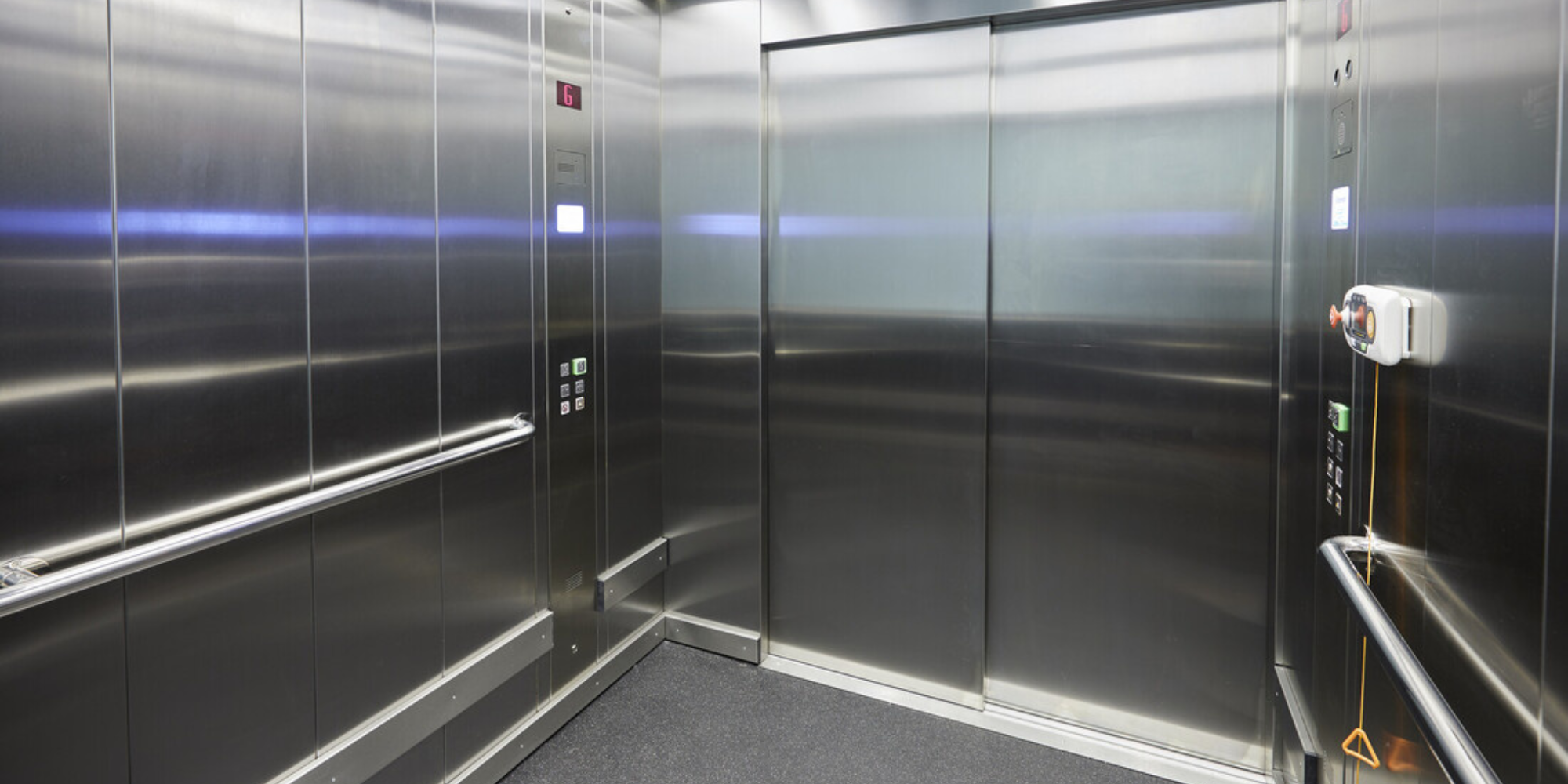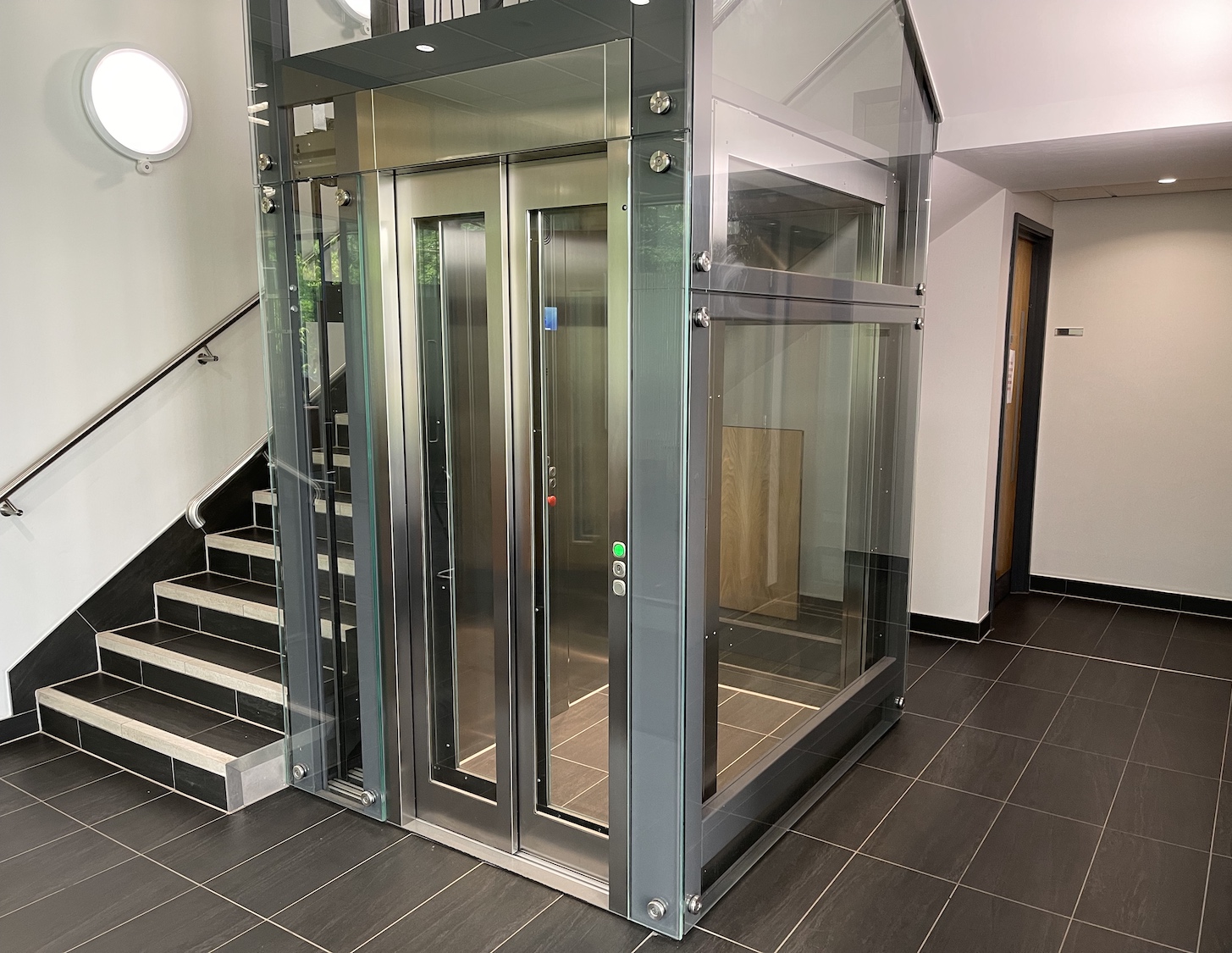London Lift Company: Trusted Specialists for All Your Vertical Transport Requirements
London Lift Company: Trusted Specialists for All Your Vertical Transport Requirements
Blog Article
Untangling the Intricacies of Lift Technology: Troubleshooting Common Troubles Across Lift Models
In the world of lift technology, a myriad of details frequently lie beneath the surface area of what shows up to be an uncomplicated system. From slow-moving procedure problems to peculiar sounds emanating from the machinery, fixing usual problems across different lift versions requires an eager eye for information and an organized method - repair and maintenance services. As we begin on this trip to unravel the complexities that can plague these vital devices, a deeper understanding of the inner workings and possible pitfalls of lift innovation is essential. Stay tuned as we navigate with the maze of lift breakdowns, seeking options to the enigmatic issues that can disrupt the smooth functioning of these vital apparatuses.
Determining Slow Procedure Issues

Following, check the electrical connections to guarantee that all components are properly attached and functioning. Faulty circuitry or loose connections can lead to slow down operation or complete breakdown of the lift system. Furthermore, it is necessary to test the control system to establish if the concern hinges on the shows or sensors.
If the visual evaluation and electrical checks do not reveal the root reason of the sluggish operation, further diagnostic examinations might be needed. These can consist of stress tests for hydraulic systems, voltage tests for electrical components, or running analysis software program for the control system. repair and maintenance services. By following a methodical method to troubleshooting slow procedure problems, you can efficiently identify and solve the issue, ensuring the lift runs securely and properly
Attending To Unusual Sounds
To effectively troubleshoot lift innovation for odd noises, an extensive exam of the lift elements adhering to the recognition of sluggish operation problems is important. Strange noises in lifts can be indicative of underlying problems that call for punctual interest to make sure the safety and security and dependability of the system. Usual sources of unusual noises in lifts consist of worn-out or misaligned wheels, damaged motor bearings, loosened or broken suspension ropes, and malfunctioning control systems. When dealing with weird sounds, it is necessary to conduct a systematic examination of these parts to identify the specific source of the noise properly. This might include looking for any kind of visible indications of wear and tear, examining the performance of motor bearings, tightening loosened links, and lubing moving parts as needed.
Additionally, it is critical to describe the lift manufacturer's maintenance guidelines and seek assistance from certified technicians when handling complicated lift components or unfamiliar troubleshooting treatments. By immediately solving and addressing strange noises underlying concerns, lift drivers can make sure the ideal performance and safety and security of the lift system for operators and guests.
Resolving Faulty Control Troubles
An effective method for addressing damaged control troubles in lift modern technology involves conducting a thorough assessment of the control system's elements and performance. When experiencing issues with lift controls, it is essential to first check for any kind of loose connections, damaged electrical wiring, or malfunctioning sensing units. Validating that all control keypads, switches, and screens are operating properly is also vital in detecting the problem accurately.
If no visible concerns appear, specialists should proceed to examine the control board for any kind of image source signs of water overheating, damages, or corrosion, as these can frequently result in regulate breakdowns. In addition, resetting the control system or upgrading the software may assist deal with specific glitches or pests triggering the trouble.

Taking On Hydraulic System Malfunctions
The performance of hydraulic systems in lifts relies heavily on the proper performance of different elements within the system. When hydraulic systems malfunction in lifts, it can lead to functional disruptions and safety worries.
An additional regular hydraulic system breakdown is a loss of stress, which can result from air going into the system, fluid contamination, or pump ineffectiveness. like this Specialists can resolve this by hemorrhaging the system to remove air, changing infected liquid, or servicing the pump as required. Additionally, abnormalities in hydraulic fluid levels or uncommon noises during lift procedure might indicate underlying system malfunctions that require immediate attention to avoid further damages. Routine upkeep and timely troubleshooting of hydraulic system issues are vital to making certain the effective and secure operation of lift technology.
Handling Electrical Part Failings
Addressing read the article electrical part failings in lift technology necessitates a systematic method to diagnosing and settling concerns to keep functional functionality and safety and security standards. When encountering electrical issues in lift systems, it is crucial to first carry out a detailed inspection of the electrical components, consisting of control panels, wiring, sensors, and circuit boards. Any kind of indications of damages, rust, loose connections, or burnt aspects need to be meticulously noted and resolved promptly to avoid additional complications.
When it comes to electric component failings, it is vital to follow maker guidelines for troubleshooting and repair work procedures. This might entail examining the elements using multimeters, oscilloscopes, or various other analysis devices to pinpoint the exact source of the breakdown. Additionally, having a detailed understanding of the lift's electrical schematics and circuitry representations can assist in identifying and fixing problems successfully.
Normal maintenance and examination schedules can assist protect against electrical failures by identifying possible issues early. Proper training for lift technicians on electrical systems and parts is also vital to make sure accurate medical diagnosis and efficient resolution of electric issues, ultimately adding to the overall safety and reliability of lift procedures.
Final Thought
Finally, troubleshooting lift modern technology calls for an organized approach to identify and deal with common troubles such as sluggish operation, unusual noises, faulty controls, hydraulic system malfunctions, and electrical part failures. By recognizing the intricacies of lift modern technology and adhering to appropriate troubleshooting actions, technicians can successfully settle problems and make sure the safe and reliable procedure of lifts throughout numerous versions.
To efficiently troubleshoot lift technology for strange sounds, an extensive examination of the lift components following the identification of sluggish procedure issues is crucial. Weird sounds in lifts can be a sign of underlying troubles that call for punctual focus to make certain the safety and dependability of the system.A reliable strategy for addressing malfunctioning control issues in lift technology involves carrying out an extensive analysis of the control system's components and performance.The efficiency of hydraulic systems in lifts relies heavily on the correct performance of various components within the system. repair and maintenance services. When running into electric issues in lift systems, it is essential to initial carry out a comprehensive assessment of the electrical components, including control panels, wiring, sensing units, and circuit boards
Report this page